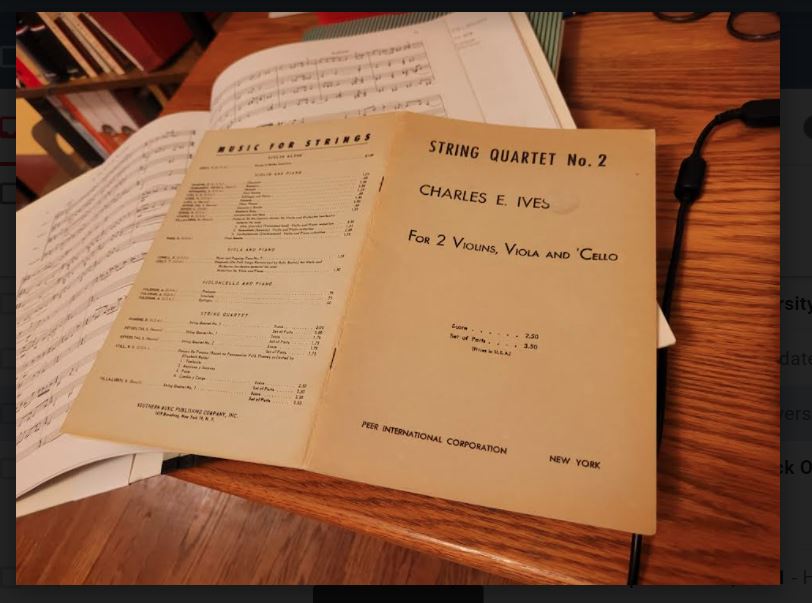This morning is my first Sunday in retirement. I am reminded of a teacher I knew at Ohio Weslyan, Tilden Wells. Eileen and I visited him after he had retired. When asked how he felt about it, he said that when the class bell first rang after he retired (Class bells? Ohio Weslyan must have had them. I don’t remember them), after that bell rang, Tilden claimed to feel a slight pain in his left testicle.
I don’t even have that. My release from this work has been mostly painless. I have quickly subsided into what feels more like normal living.
I think I need to pull back from starting any projects for a while. I toyed this week with doing some writing already, but I want to give myself a pause. Some time to think before starting any new routines besides reading, practicing, and studying would be well spent.
I chatted with both my daughters yesterday. Elizabeth drove over for a quick overnight visit and brought Alex. Jeremy is on a business/family trip. He should be back by tomorrow. Eileen and I have a weekly video chat with Sarah. What a luxury for me to see both of my daughters on the same day!
As you can see, I figured out how to embed videos with the new WordPress software. It’s ridiculously easy. When I copy an embed url into block text, the software automatically converts it into an embedded video.
I discovered that the score I purchased to the second string quartet of Charles Ives is woefully out of date.

I compared a library copy of Malcolm Goldstein 2011 critical edition to the used 1954 edition I purchased.

There were significant differences. More measures restored in the Goldstein edition.
Ives published few works during his lifetime.

Those few published works were rarely performed. He left tons of manuscripts of his works. But his hand was not that clear and he used pencil. So Goldstein’s edition is better and takes into account all the Ives research that has been done.
I wasn’t exactly doing a comparative study. I’m interested in Ives use of hymn tunes and other melodies in his work and especially in the string quartets. I have been listening to them and can hear many musical quotes. Goldstein points out musical quotations and sources. Also, like Satie, Ives was known to write comments in the scores for performers. Unlike Satie’s sardonic and charmingly intentionally misleading comments, Ives reflected his hard scrabble new England personality. Comments like “pretty tone, ladies” and “This is music for men to play…”
Ives envisioned writing a string quartet specifically for four men to play and left comments about the “weak, trite, and effeminate” string quartet music, even referring to it as “emasculated.”
As I began marking the tunes and comments into my used score, I discovered measures missing in the old edition. Dang.
In my listening, I have found the first string quartet more interesting and relevant to my own learning. David Porter has updated that piece in a new edition.

Both the Porter edition of the first string quartet and the Goldstein edition of the second are $49.95 new. Although this includes parts for the strings (which I do not need), this is more than I want to pay for a study score.
I was able to get the Porter edition used for $15 plus S & H. I haven’t started studying it yet, but am looking forward to it.

Along the same lines, I am reading Vaughan William’s collection of essays, National Music and other essays. I admire the way these composers integrate melodies into their work. Plus, listening to Brahms this morning, I was inspired by his melodies as well.
That’s about all for today. If Eileen and I stay true to form, we will eat out today. First real day of retirement and life is good.